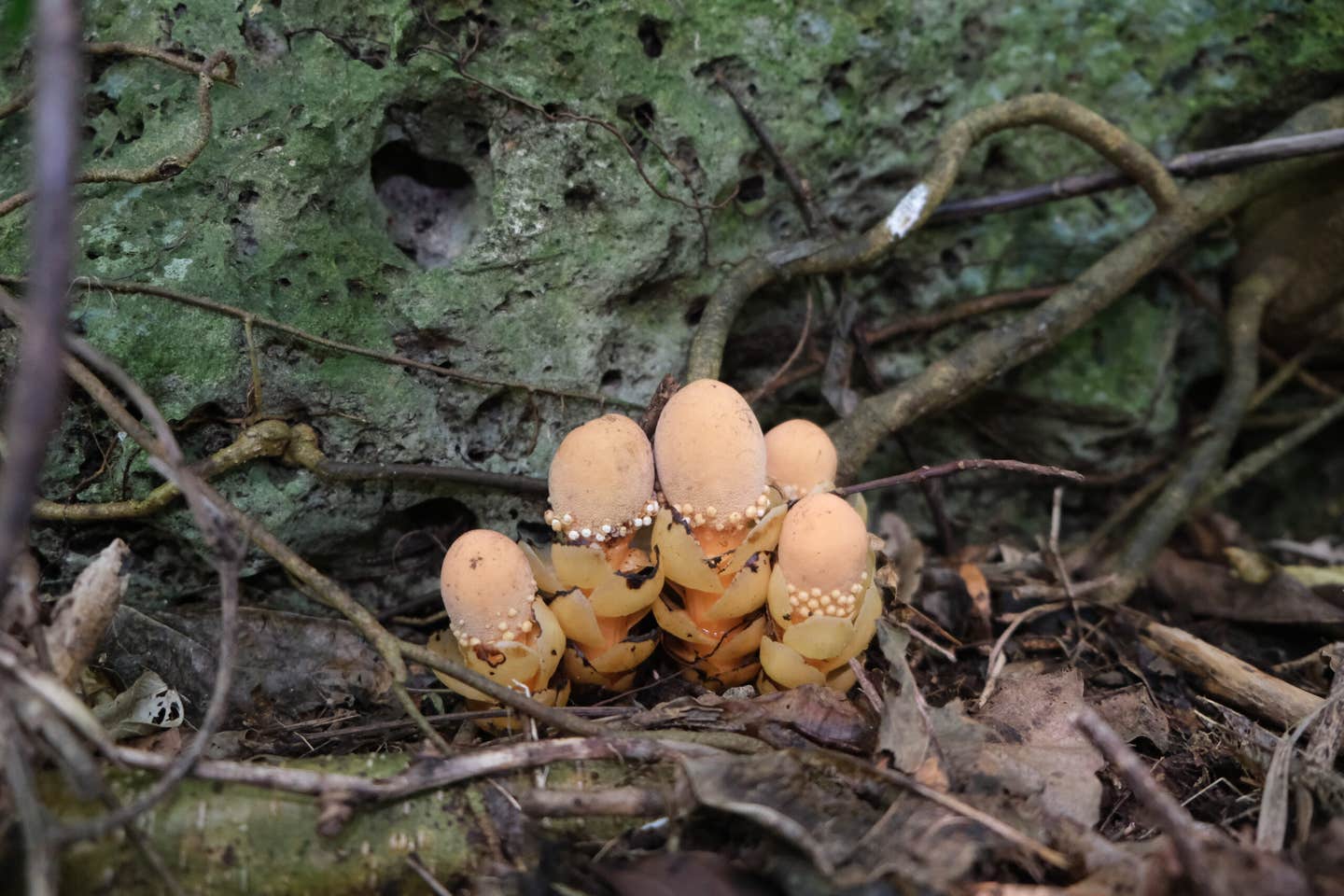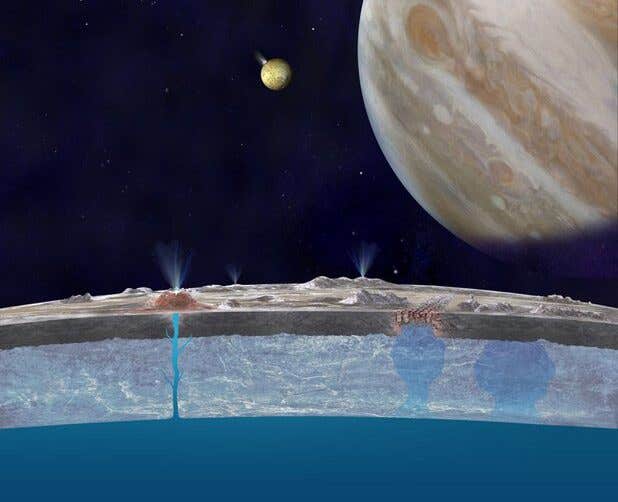Why do people get headaches from drinking red wine? Researchers finally know why
For some unfortunate individuals, even a small sip of red wine can unleash a throbbing headache that disrupts holiday festivities.

[Nov. 22, 2023: JD Shavit, The Brighter Side of News]
UC Davis scientists theorize that a flavanol found naturally in red wine can interfere with the metabolism of alcohol and cause a “red wine headache.” (CREDIT: Getty Images)
For many, the idea of savoring a glass of red wine alongside a sumptuous Thanksgiving meal is an inviting prospect. The rich flavors and the warm, convivial atmosphere seem tailor-made for this beloved holiday. However, for some unfortunate individuals, even a small sip of red wine can unleash a throbbing headache that disrupts the festivities. Dubbed the "red wine headache," this phenomenon has puzzled scientists and wine enthusiasts alike.
Now, a groundbreaking study conducted by researchers at the University of California, Davis, offers fresh insights into the causes of this enigmatic ailment.
Why Does Red Wine Cause Headaches?
The study, recently published in the journal Scientific Reports, delves into the science behind red wine headaches. It explores why certain individuals experience this discomfort, even when consuming small quantities of red wine, while remaining unaffected by other alcoholic beverages. The key culprit identified by the researchers is a flavanol called quercetin, naturally occurring in various fruits and vegetables, including grapes.
Related News
Quercetin is renowned for its antioxidant properties and is available in supplement form, promoted for its potential health benefits. However, when quercetin interacts with alcohol in the body, it can trigger problems.
Wine chemist Andrew Waterhouse, professor emeritus at the UC Davis Department of Viticulture and Enology and corresponding author of the study, explains the process: "When it gets in your bloodstream, your body converts it to a different form called quercetin glucuronide. In that form, it blocks the metabolism of alcohol."
This disruption in alcohol metabolism leads to the accumulation of a toxic substance called acetaldehyde, as stated by lead author Apramita Devi, a postdoctoral researcher with the UC Davis Department of Viticulture and Enology. Devi notes that acetaldehyde is a well-known toxin, irritant, and inflammatory substance, capable of causing facial flushing, headaches, and nausea.
UC Davis researchers think the flavanol quercetin, when combined with alcohol, may be the cause of “red wine headaches.” (CREDIT: UC Davis)
Interestingly, acetaldehyde's effects align with those observed in individuals taking the medication disulfiram, which is prescribed to alcoholics to deter them from drinking. Disulfiram, like quercetin, interferes with acetaldehyde metabolism, resulting in similar symptoms. Additionally, approximately 40% of the East Asian population possesses an enzyme that is less efficient at breaking down acetaldehyde, leading to heightened susceptibility to its effects.
Co-author Morris Levin, a professor of neurology and director of the Headache Center at the University of California, San Francisco, emphasizes that red wine headaches may be particularly problematic for individuals with preexisting migraine or other primary headache conditions.
ALDH2 inhibition at various concentrations of quercetin-3-glucuronide and quercetin. (CREDIT: Scientific Reports)
Levin states, "We postulate that when susceptible people consume wine with even modest amounts of quercetin, they develop headaches, particularly if they have a preexisting migraine or another primary headache condition. We think we are finally on the right track toward explaining this millennia-old mystery. The next step is to test it scientifically on people who develop these headaches, so stay tuned."
Notably, the levels of quercetin in red wine can vary significantly depending on several factors, shedding further light on why some wines may be more headache-inducing than others. Andrew Waterhouse elucidates, "Quercetin is produced by the grapes in response to sunlight. If you grow grapes with the clusters exposed, such as they do in the Napa Valley for their cabernets, you get much higher levels of quercetin. In some cases, it can be four to five times higher."
Moreover, quercetin levels in wine can differ based on winemaking techniques, including skin contact during fermentation, fining processes, and aging. These factors contribute to the complex interplay of compounds within red wine, making it challenging to predict which wines are more likely to trigger headaches.
As the scientific community grapples with the perplexing issue of red wine headaches, researchers are gearing up to conduct a small human clinical trial aimed at testing their hypothesis. Funded by the Wine Spectator Scholarship Foundation, this trial will compare red wines with high quercetin content to those with minimal amounts of the flavanol. The University of California, San Francisco (UCSF), will lead this investigation, which holds the promise of unraveling more mysteries surrounding this age-old problem.
Despite these promising developments, many questions still linger in the realm of red wine headaches. Scientists remain uncertain as to why some individuals are more susceptible to these headaches than others. It remains unclear whether the enzymes of those prone to red wine headaches are more easily inhibited by quercetin or if this particular population is inherently more vulnerable to the accumulation of acetaldehyde. As Andrew Waterhouse aptly concludes, "If our hypothesis pans out, then we will have the tools to start addressing these important questions."
In the pursuit of a comprehensive understanding of red wine headaches, this study represents a significant step forward. By shedding light on the role of quercetin and acetaldehyde in this age-old mystery, researchers are inching closer to providing relief to wine lovers who have long been plagued by this enigmatic ailment. Until then, the world of wine and science will continue to collaborate, striving to uncork the secrets behind the red wine headache.
For more science and technology stories check out our New Discoveries section at The Brighter Side of News.
Note: Materials provided above by the The Brighter Side of News. Content may be edited for style and length.
Like these kind of feel good stories? Get the Brighter Side of News' newsletter.



